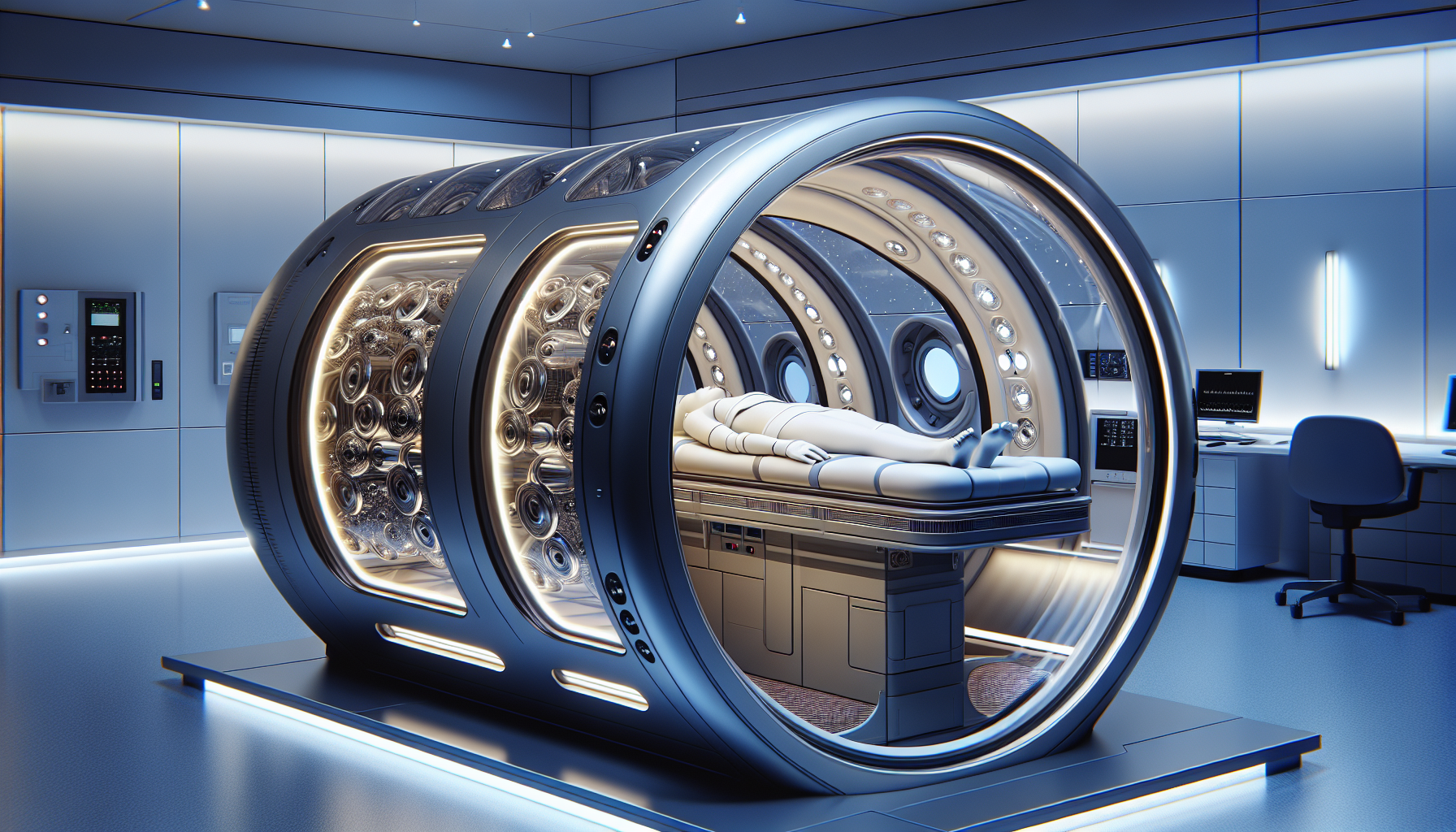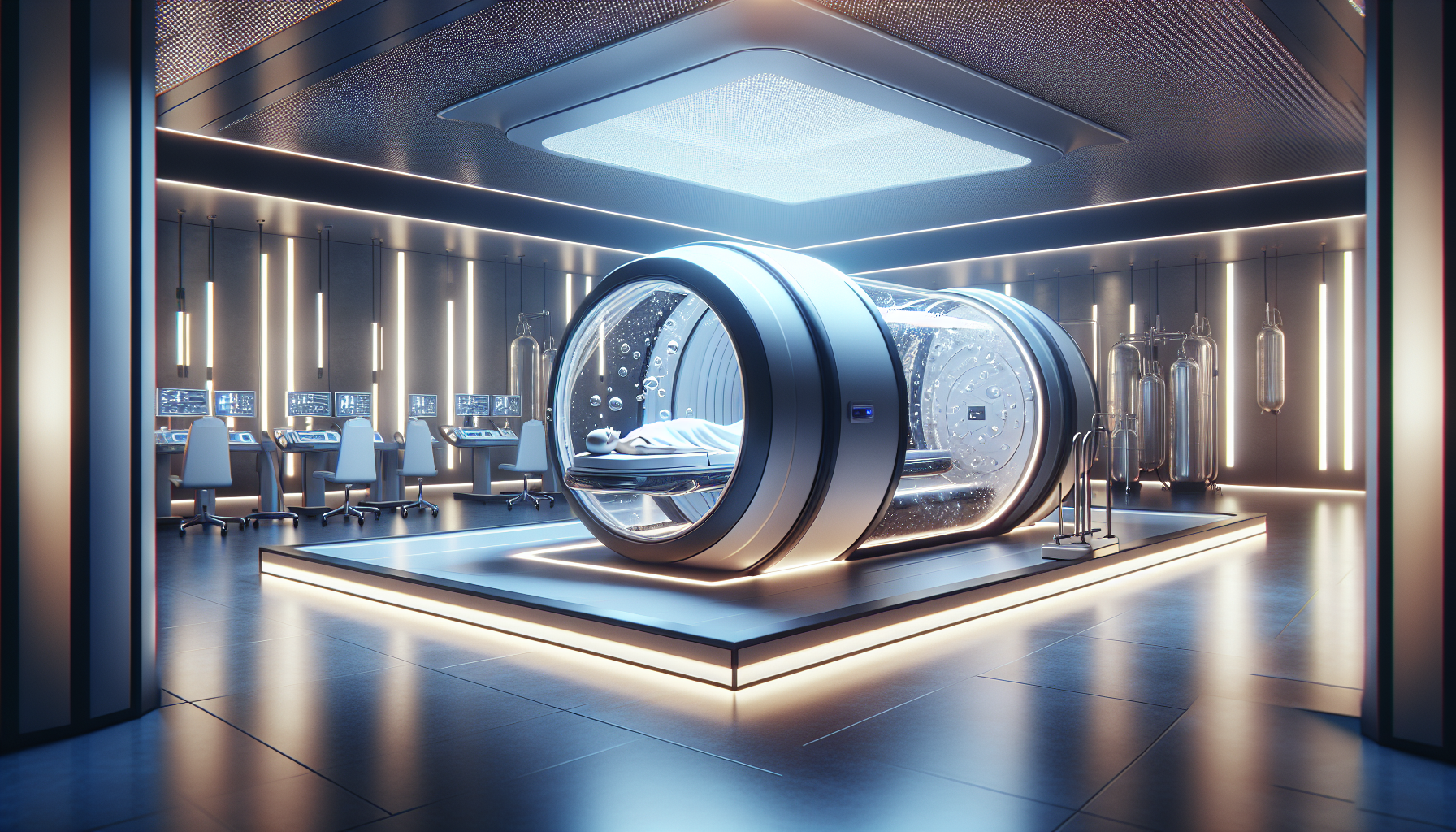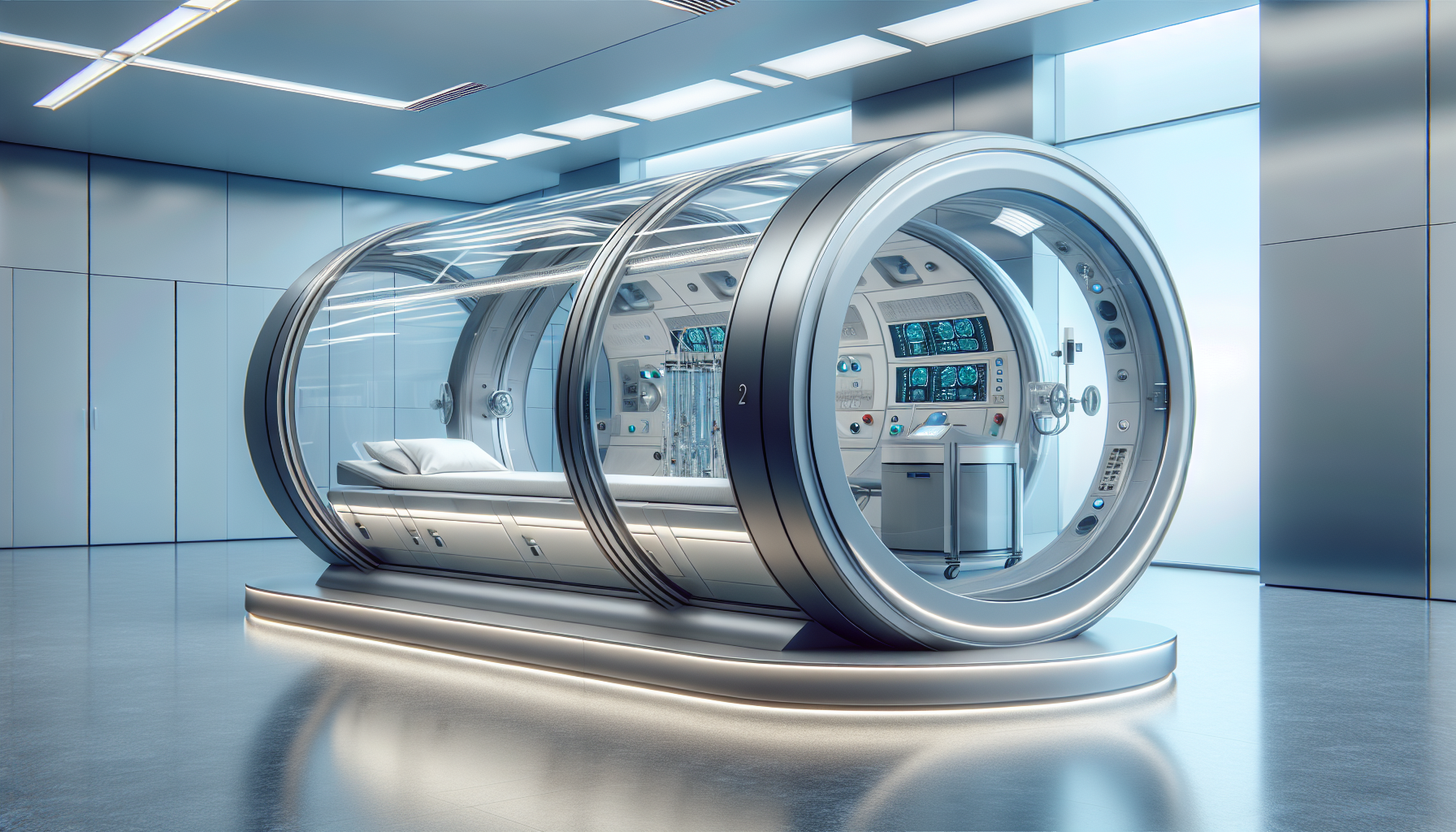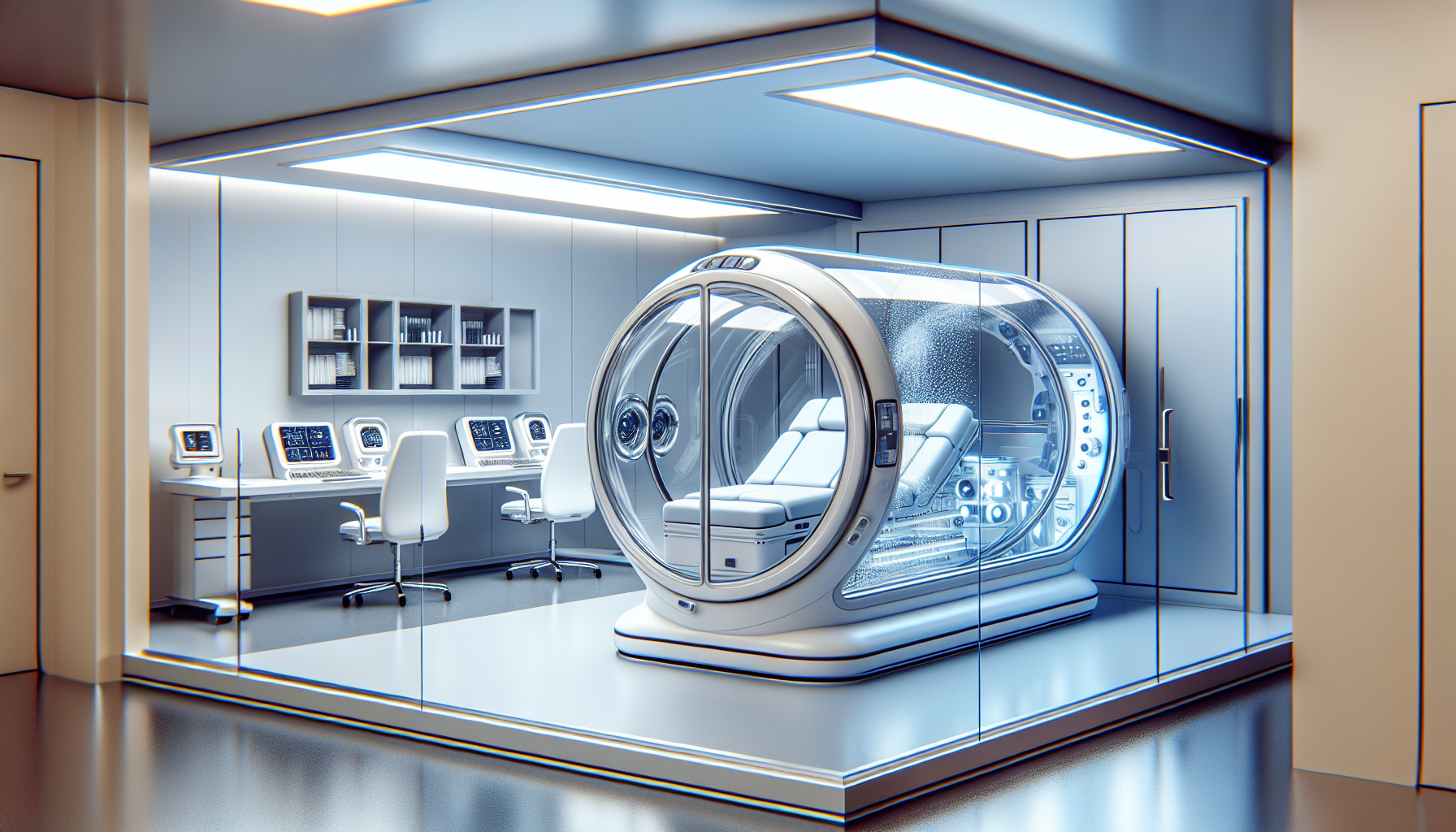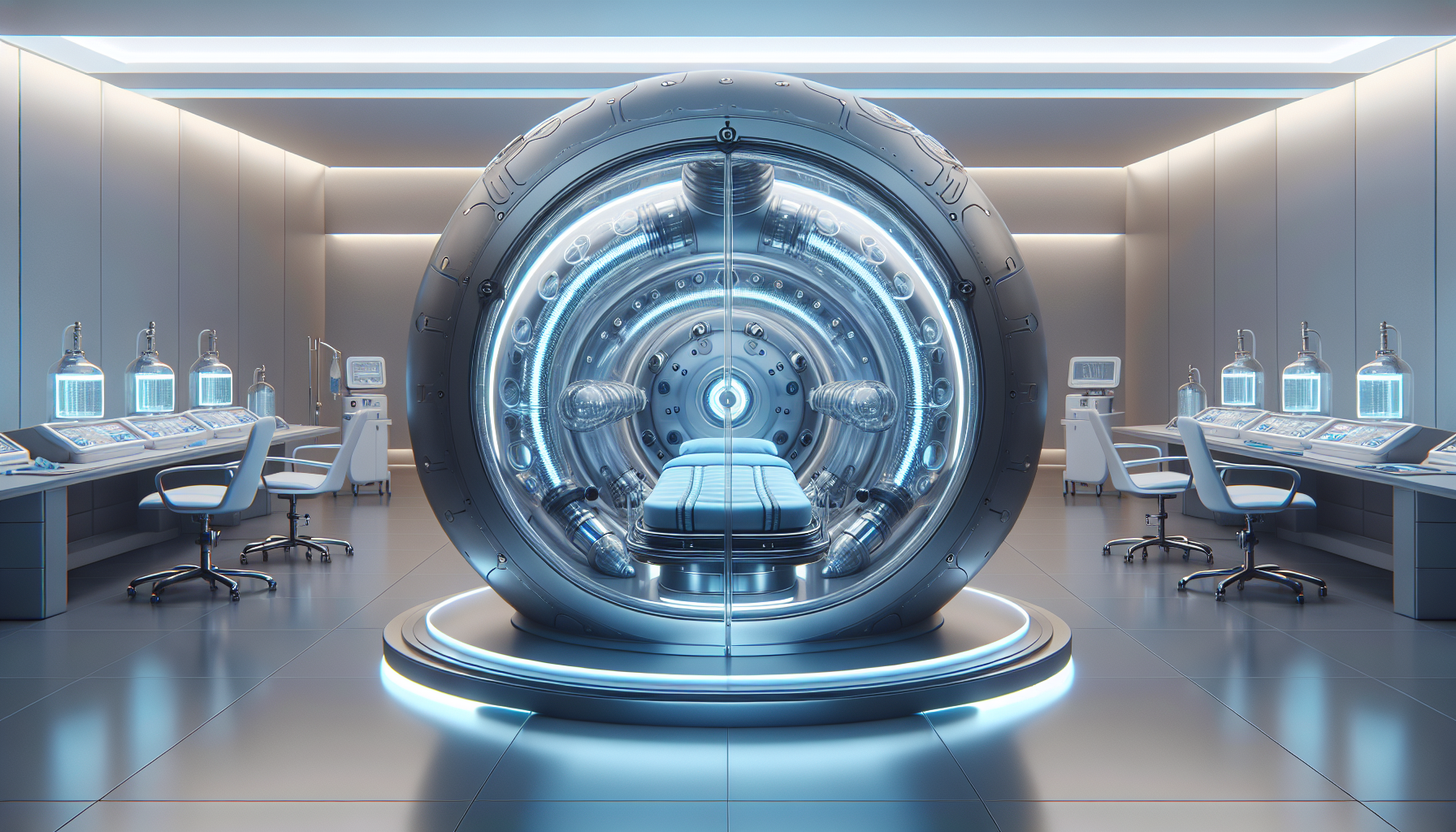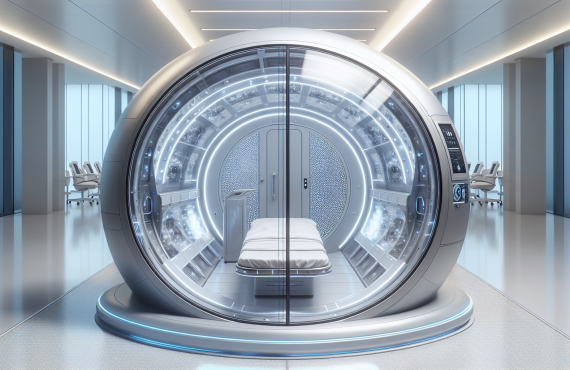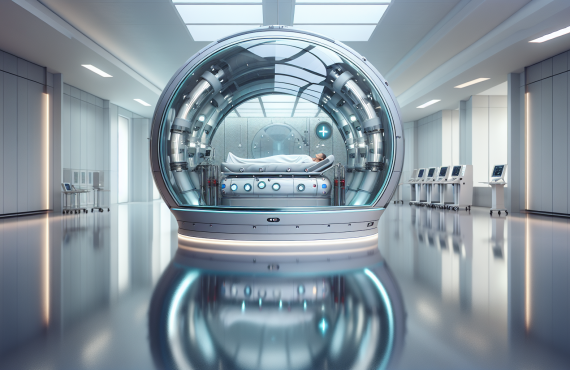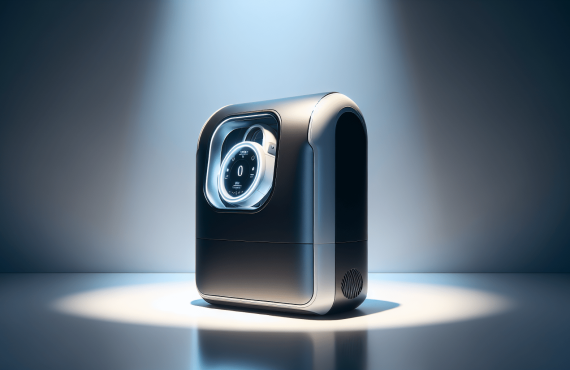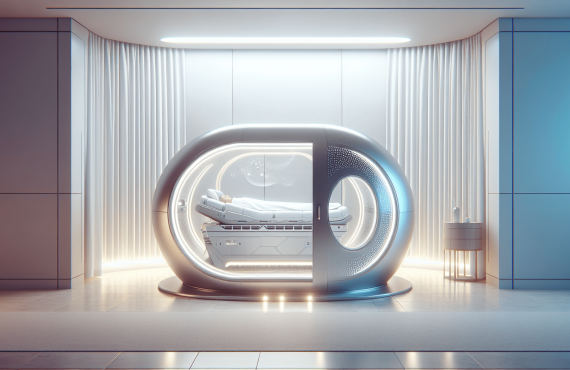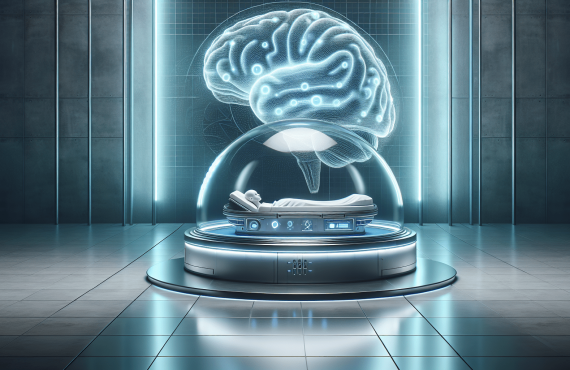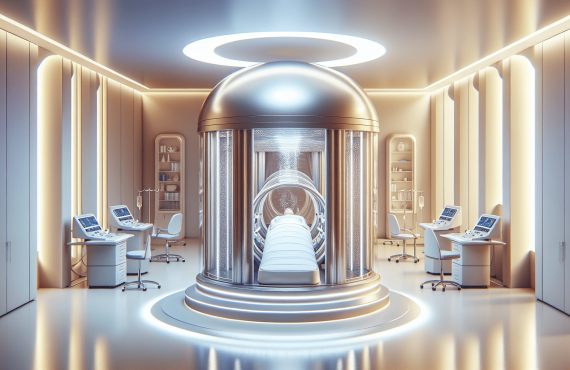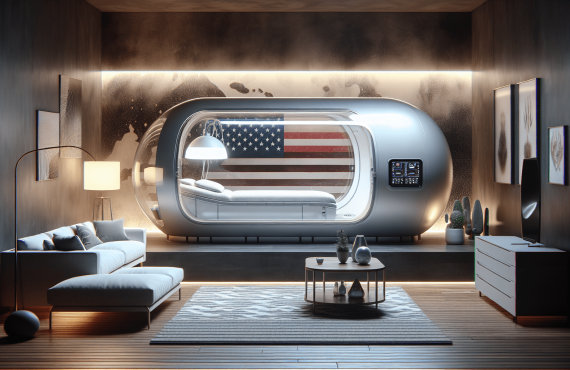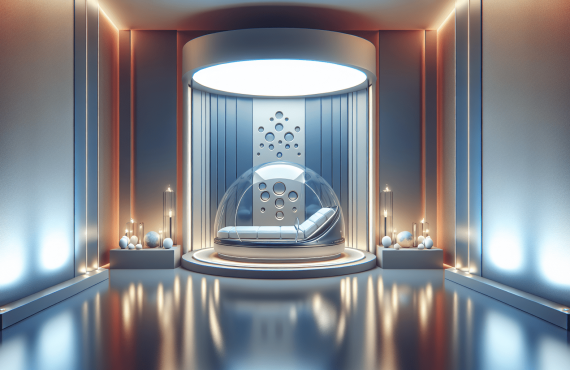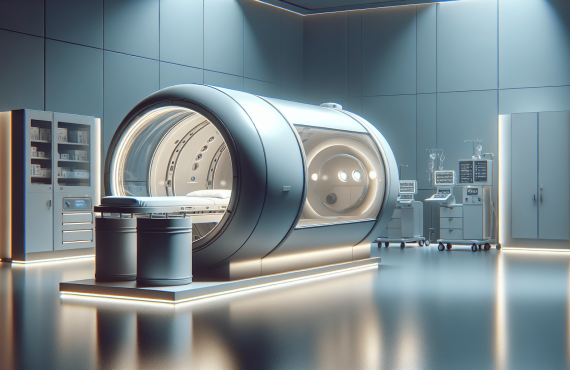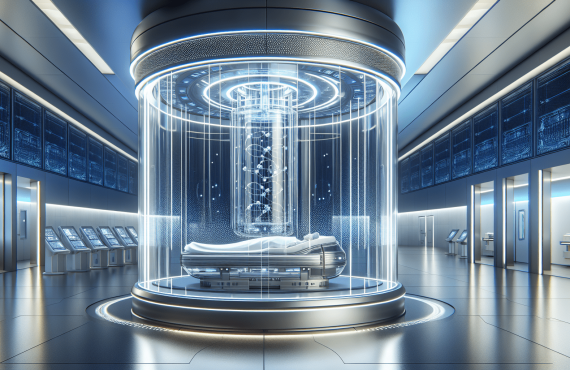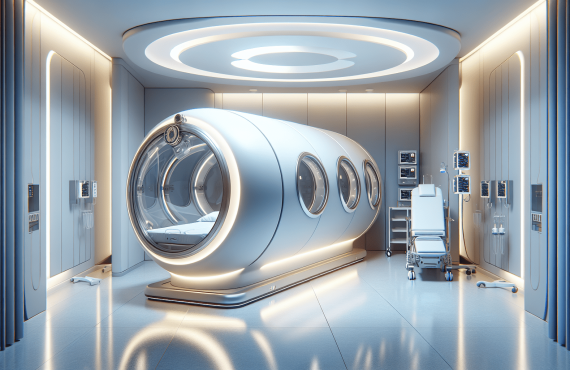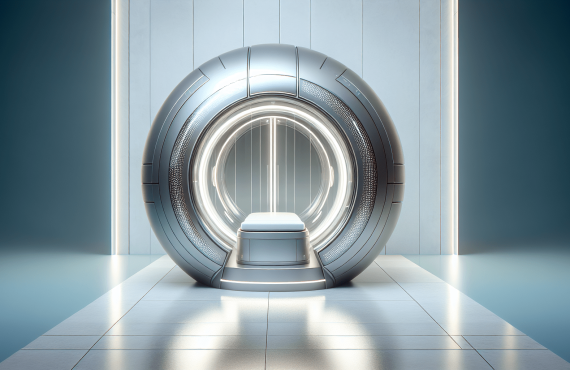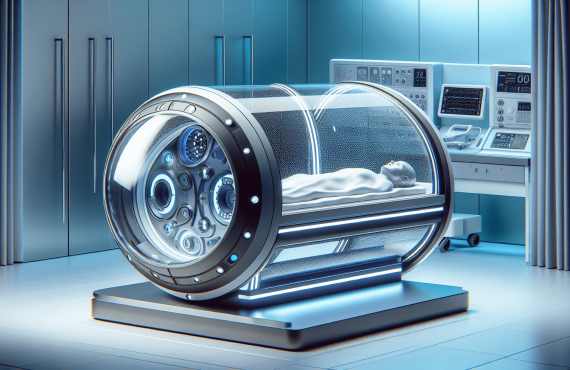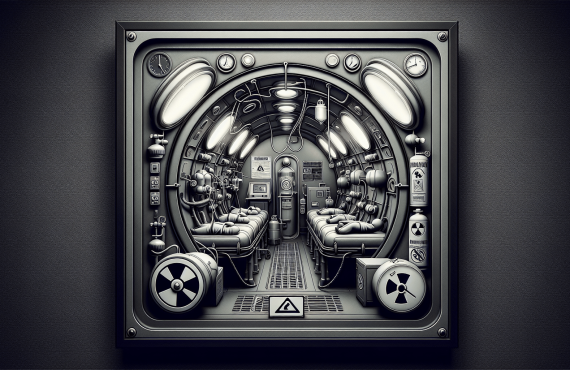Have you ever wondered about the wonders of hyperbaric chambers? They’re those intriguing tubes that look like they belong in a sci-fi movie, yet promise real-world health benefits. Today, we’re creating a space to demystify these chambers, focusing on the question: Are they FDA approved? hyperbaric oxygen therapy (HBOT) gains attention as a potential solution for various health issues. However, understanding its legitimacy involves an exploration of both the scientific and regulatory landscapes surrounding it.
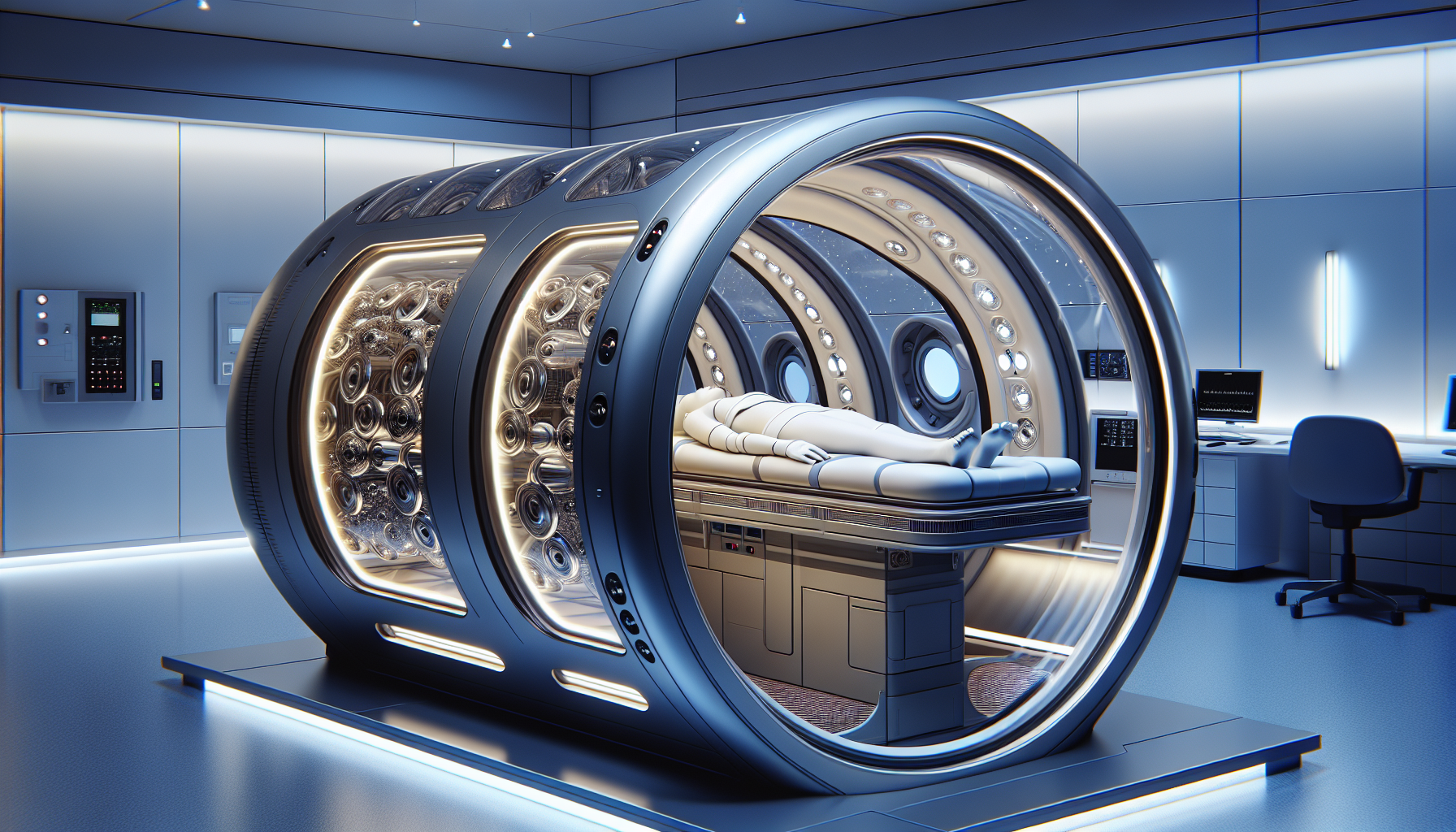
Table of Contents
What is Hyperbaric Therapy?
Speaking of these chambers, hyperbaric therapy, or hyperbaric oxygen therapy (HBOT), involves breathing pure oxygen in a pressurized space. Imagine stepping into a chamber, and suddenly, you’re in an environment that feels like it just got a subtle squeeze from a cosmic hand.
Definition
In straightforward terms, hyperbaric therapy consists of inhaling pure oxygen while inside a chamber pressurized to a level higher than that of normal atmospheric conditions. This pressurization not only enhances the concentration of oxygen in the bloodstream but also amplifies its therapeutic potential. It sounds like a breath of fresh air, doesn’t it?
How It Works
Under normal pressure, our lungs’ air intake delivers oxygen to our bloodstream, reaching the body’s tissues. Here’s the twist: putting yourself in a pressurized chamber elevates the amount of oxygen in your blood to heady levels. The oxygen then seeps into plasma, seeking out areas that usually get shortchanged on the oxygen front.
This oxygen-rich blood jumpstarts your body’s healing processes. So if you have a stubborn wound or general inflammation, you may find this treatment beneficial. This increased oxygen fosters angiogenesis—the growth of new blood vessels crucial in wound and tissue repair. It’s like sending contractors to fix up and expand the capillary highways in your body.
Are Hyperbaric Chambers FDA Approved?
If you’re thinking about trying this therapy, you’re not alone in wondering whether hyperbaric chambers have the FDA’s seal of approval. Let’s break this down into digestible bites.
Understanding FDA Approval
The Food and Drug Administration (FDA) is the governmental body responsible for protecting public health in the United States. They do so by ensuring the safety, efficacy, and security of drugs, biological products, and medical devices. Therefore, FDA approval indicates that a device or treatment is backed by rigorous testing and is deemed safe and effective for its intended use.
FDA Approval Status of Hyperbaric Chambers
The FDA does approve hyperbaric chambers, but there’s a fine print. It’s essential to note that these chambers are approved for a limited range of medical conditions. The admissible uses include conditions such as decompression sickness (think scuba divers surfacing too fast), carbon monoxide poisoning, and non-healing wounds like diabetic foot ulcers. So, yes, hyperbaric chambers can indeed bask in the glow of FDA approval—but for selected uses.
What about Off-label Use?
Here’s where it gets interesting: Many people are intrigued by hyperbaric therapy for conditions outside the FDA-approved list. This is known as off-label use. While some find success in these alternative applications, such expansions haven’t received a formal endorsement from the FDA. Without official documentation, it’s more about exploring uncharted waters with an educated guess rather than following a well-traveled path.
Potential Uses of Hyperbaric Therapy
While the FDA checks off specific conditions, excitement bubbles over possible uses not yet on their list. Let’s visit some of these possibilities.
Chronic Wounds and Infections
Sometimes, wounds just like to stick around. If you have a stubborn injury that refuses to rally, HBOT might step up as a healing hero. The increased blood and tissue oxygen can help fend off infections and stimulate healing processes, offering respite for chronic cases.
Osteoradionecrosis
Patients undergoing radiation therapy can sometimes experience tissue damage known as osteoradionecrosis. Hyperbaric therapy increases the oxygen levels, thus providing the tissues with the means to recover and regenerate effectively.
Cognitive and Neurological Disorders
There’s considerable buzz about the potential benefits of HBOT in treating cognitive and neurological disorders like traumatic brain injuries or strokes. While the jury is still out in terms of wide-scale scientific approval, some anecdotal successes cannot be ignored. Think of it as a small glimmer of hope lighting the way for future research.
The Role of Hyperbaric Chambers in Healthcare
Besides potential medical marvels, hyperbaric chambers shoulder a crucial role in healthcare, empowering professionals and patients alike.
Enhancing the Profession
For healthcare professionals, integrating hyperbaric therapy into a treatment regime broadens the array of therapeutic tools available. It’s like adding a power drill to a toolkit that once housed only a hammer and nails.
Patient Empowerment
Patients find themselves in the pilot’s seat, exploring a therapy that aligns with their personal healing journeys. For some, it might resemble stepping into a rocket ship promising better health outcomes—it’s new, exhilarating, and holds the promise of discovery.
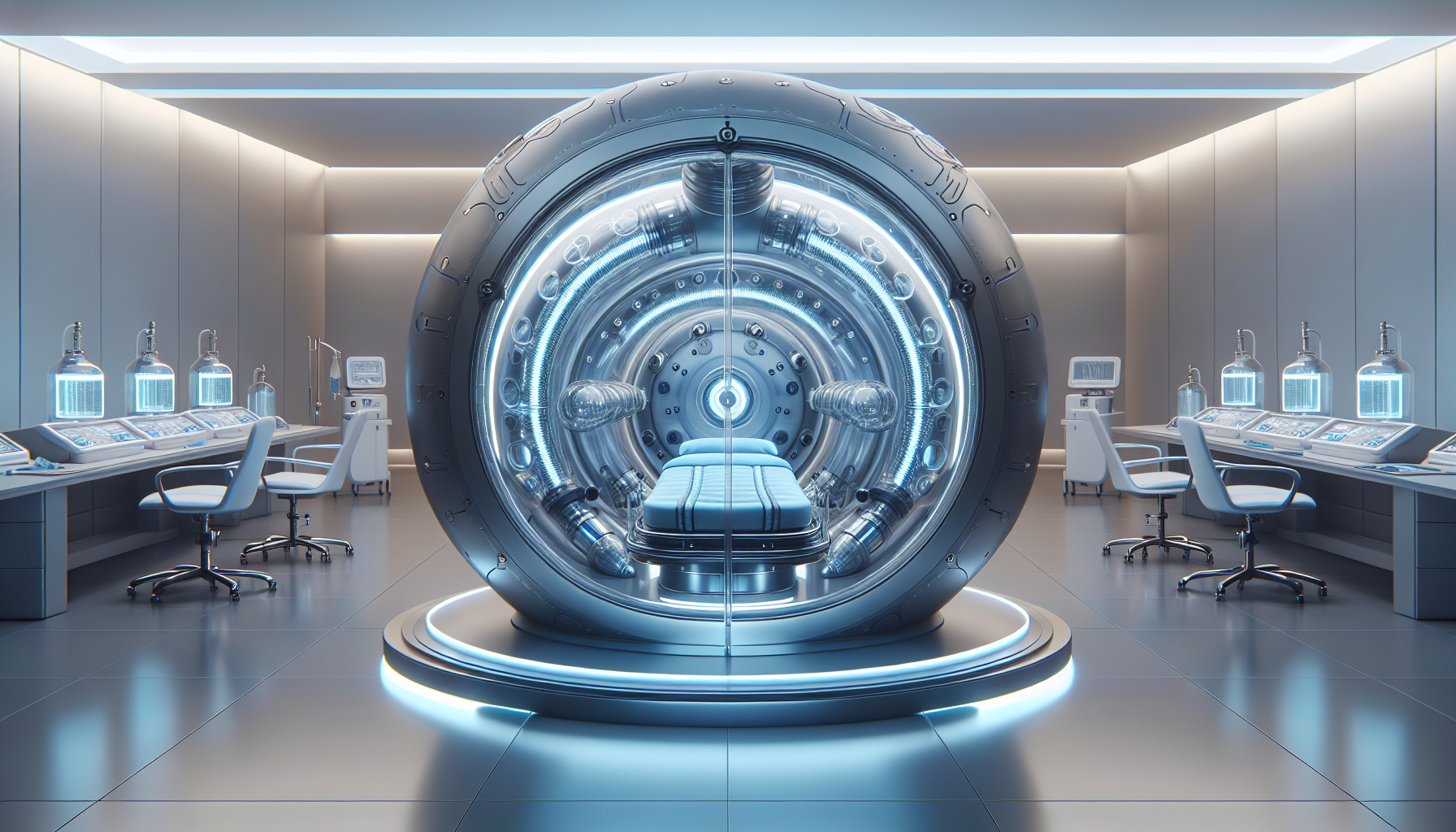
Dr. Craig Henry and Dr. Aaron Hixon: Hyperbaric Enthusiasts
Hyperbaric therapy is just one of many areas of interest at Henry Chiropractic. Both Dr. Craig Henry and Dr. Aaron Hixon are committed to improving patient health through diversified means.
Dr. Craig Henry
Dr. Craig Henry operates Henry Chiropractic. As a licensed chiropractor, he firmly believes in enhancing health holistically. From spine-related discomfort to general wellness, Dr. Craig Henry makes health seem possible with just an enthusiastic nod and a set of skilled hands.
Dr. Aaron Hixon
Similarly dedicated, Dr. Aaron Hixon brings his expertise to the table. A Florida native with a robust academic background, Dr. Hixon offers knowledge grounded in practical volunteer experiences and varied chiropractic techniques. Outside of practicing, his passion for staying active mirrors the dynamic energy he aims to instill in patients.
FAQ Section
Still curious? Let’s address some frequently asked questions regarding hyperbaric chambers.
1. How long is an average HBOT session?
Sessions typically last about 60 to 90 minutes, but durations can vary based on the condition being treated and physician recommendations.
2. Who can benefit from hyperbaric therapy?
While primarily used for selected medical conditions, individuals considering this therapy should consult with healthcare professionals to determine if they’re suitable candidates.
3. Are there any side effects?
Most people tolerate HBOT well, though some may experience temporary ear discomfort or sinus pressure, similar to the feeling of changing altitudes quickly.
4. Can I use hyperbaric therapy for non-approved conditions?
This is where caution is key. Always consult with healthcare providers before exploring off-label uses of hyperbaric therapy.
5. How do I get started with HBOT?
Start by visiting a healthcare provider or a specialized clinic, such as Henry Chiropractic, to discuss whether hyperbaric therapy aligns with your health needs.
As hyperbaric chambers continue to pique interest in the medical world, one should approach this therapy with an informed perspective. Consider all facts, consult professionals, and always be ready to embrace the beauty of medical advancements. And if you’re near Pensacola, Florida, Henry Chiropractic awaits with open doors and open minds to guide you through your health journey.
For more personalized care, contact Henry Chiropractic at:
Henry Chiropractic
1823 N 9th Ave
Pensacola, FL 32503
(850) 435-7777
Visit their website


